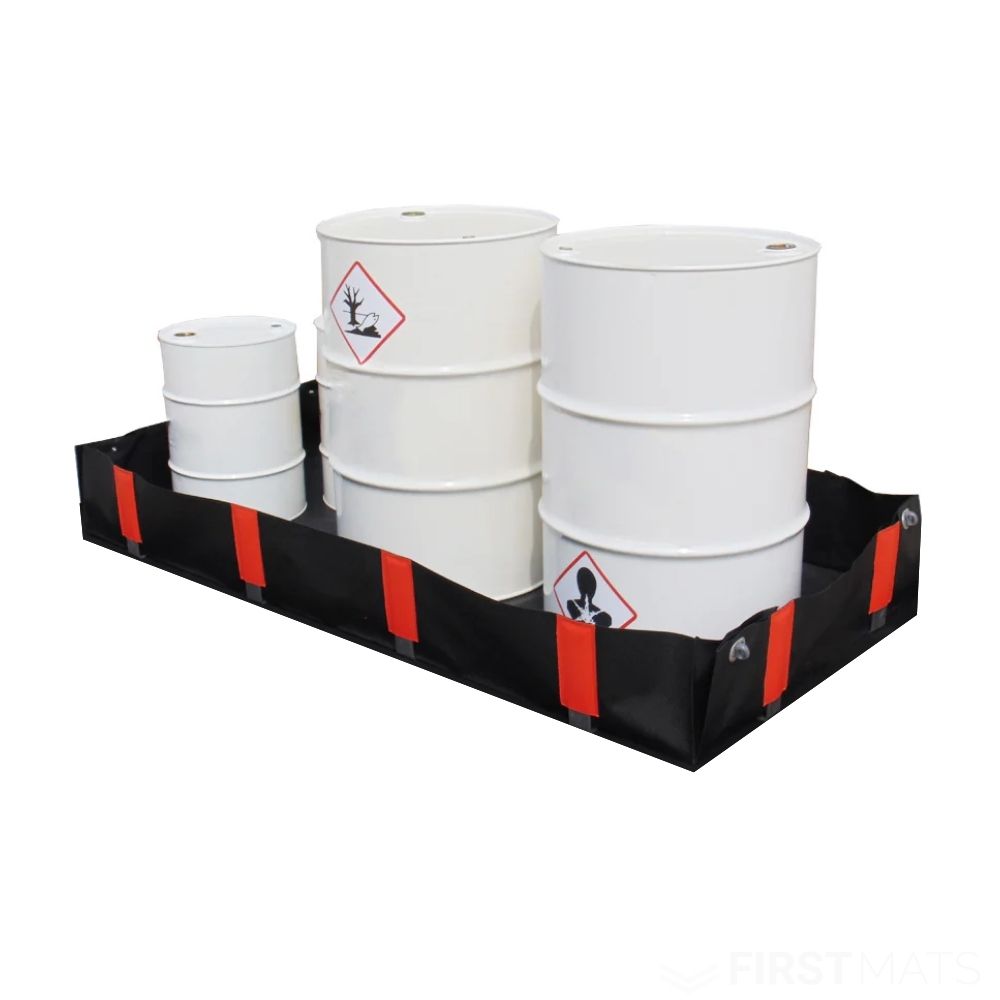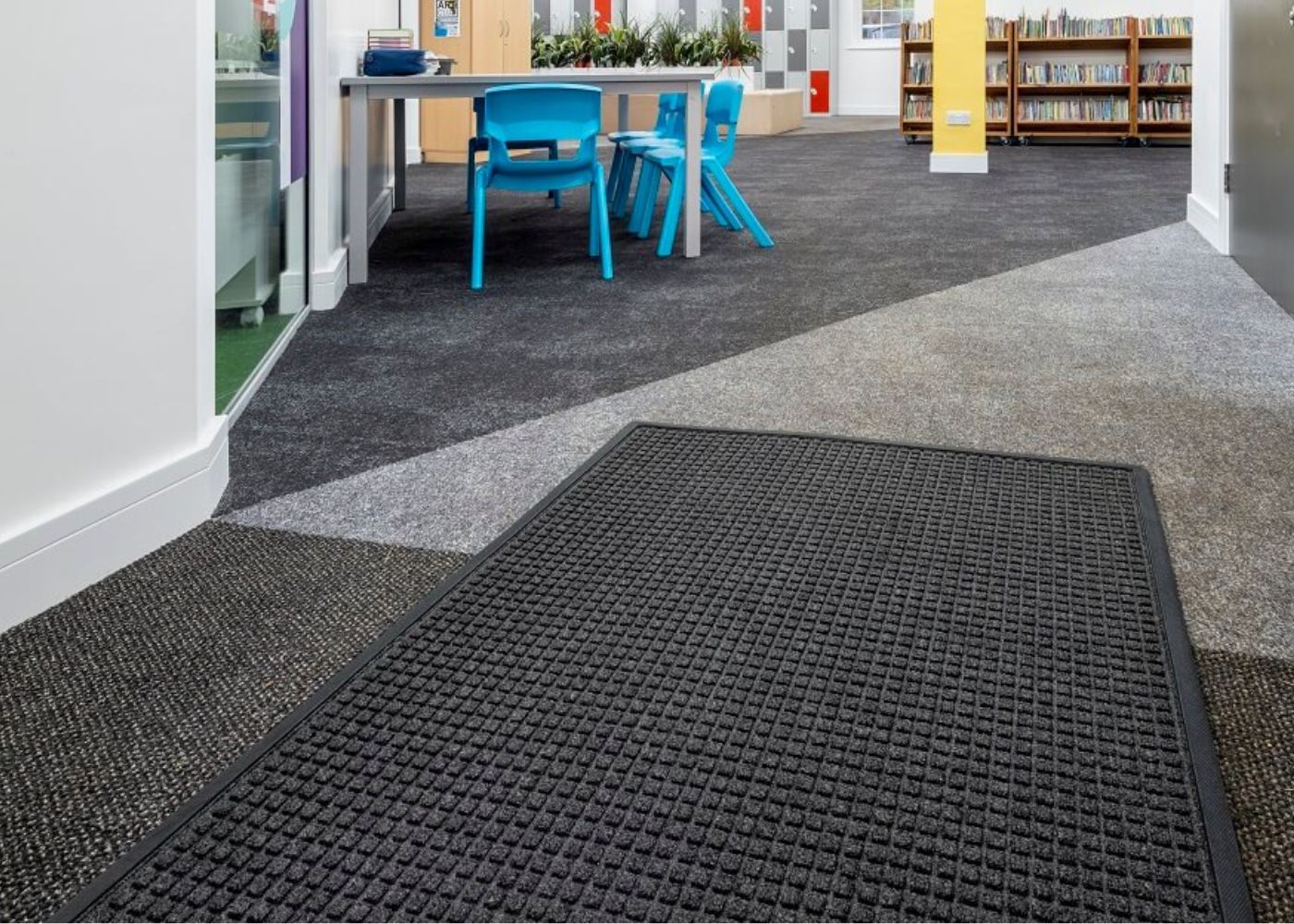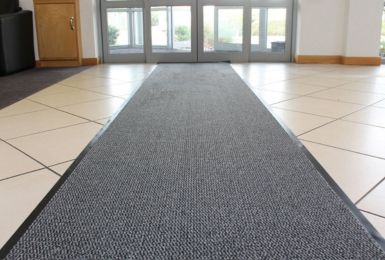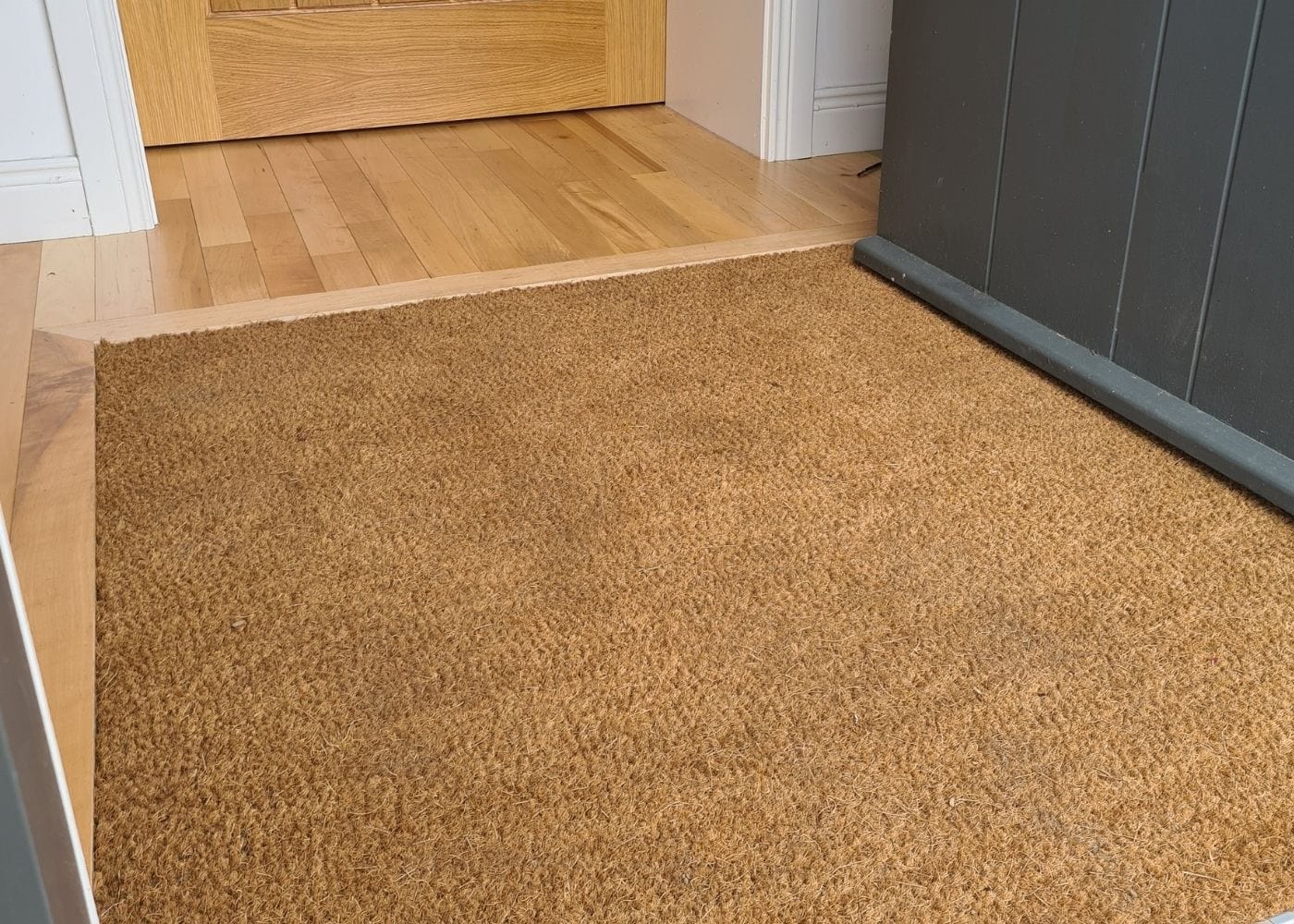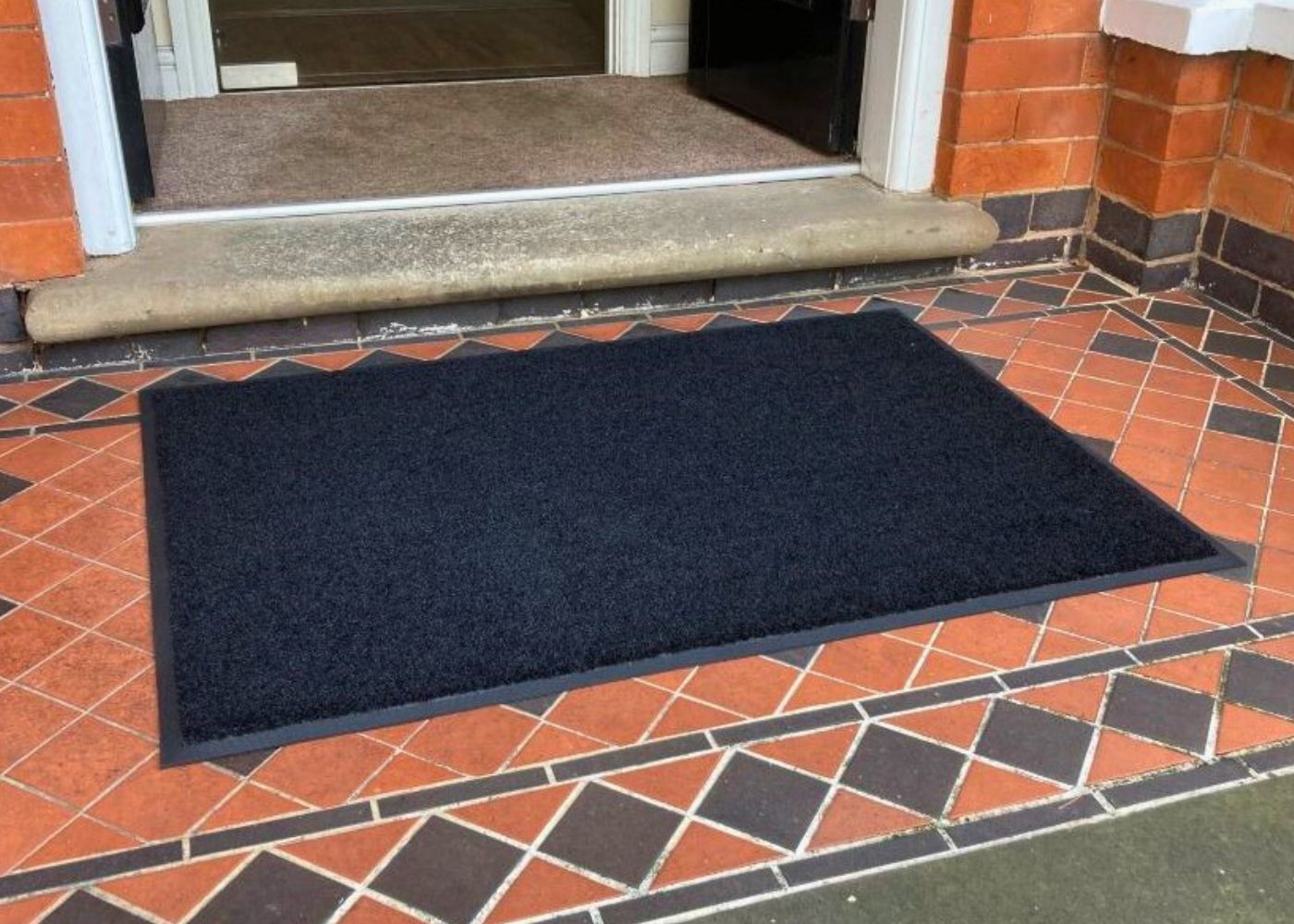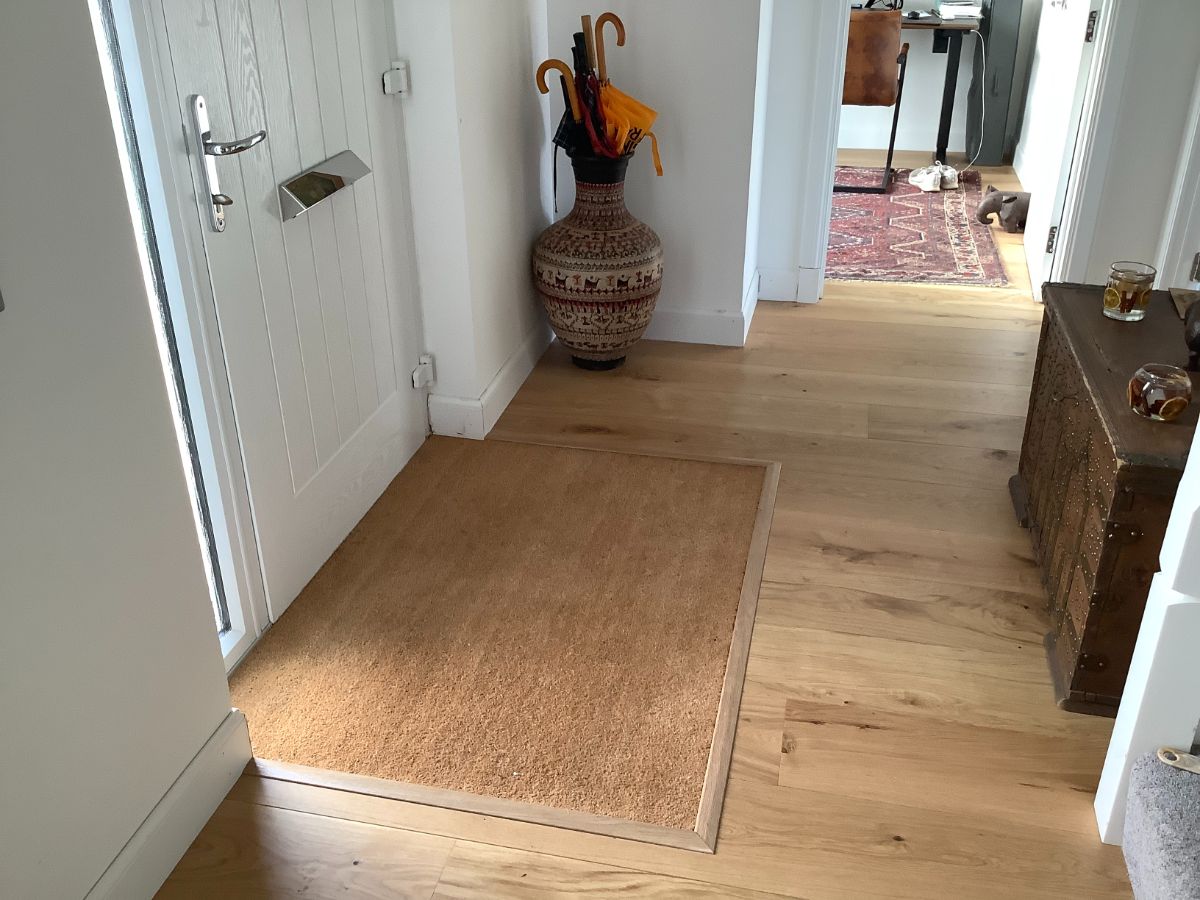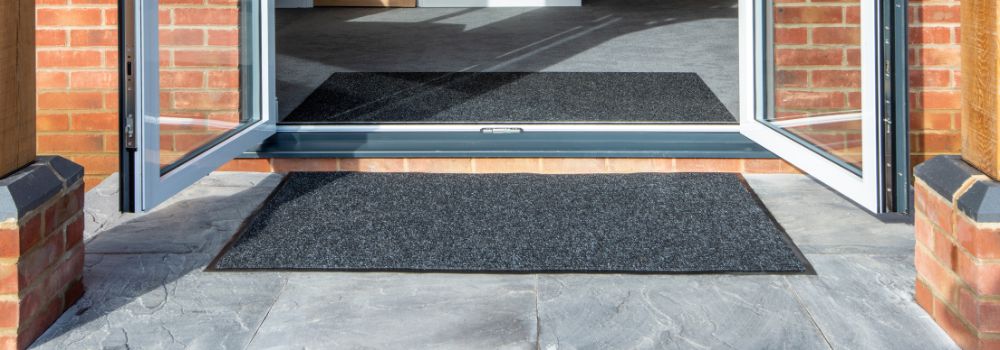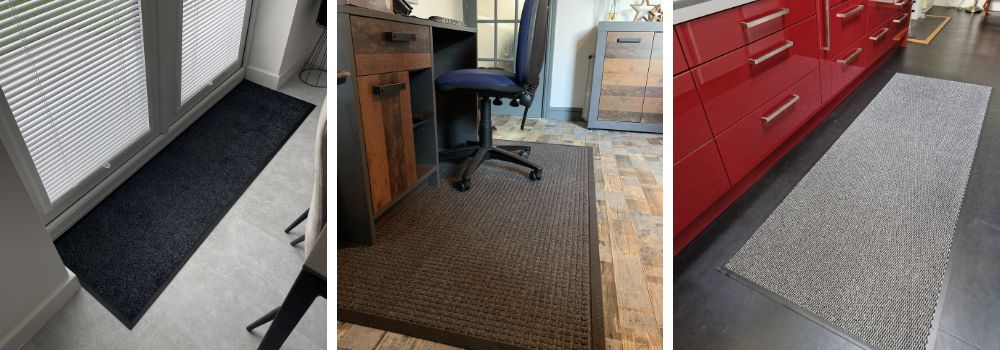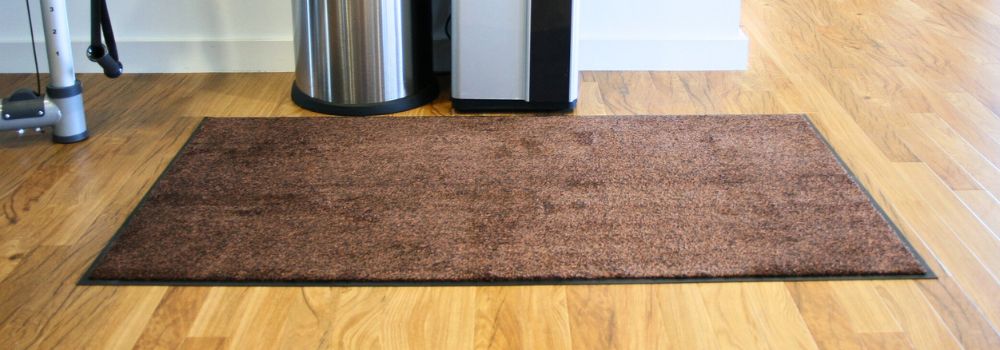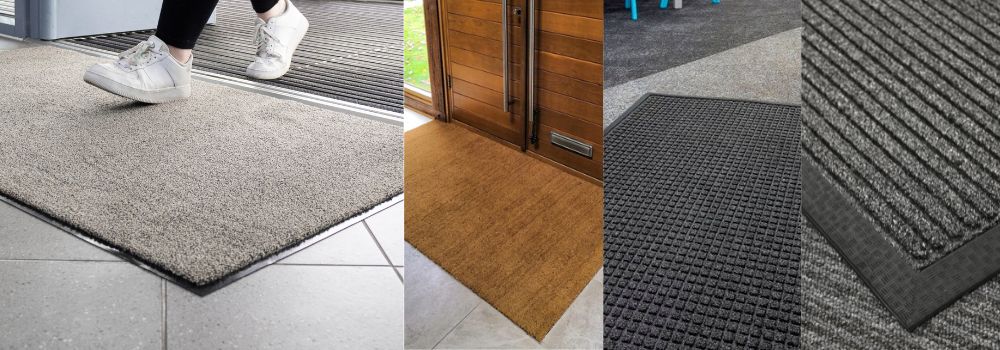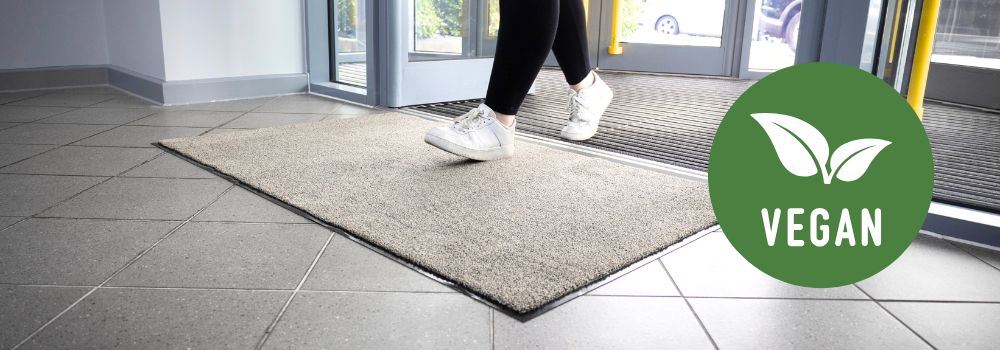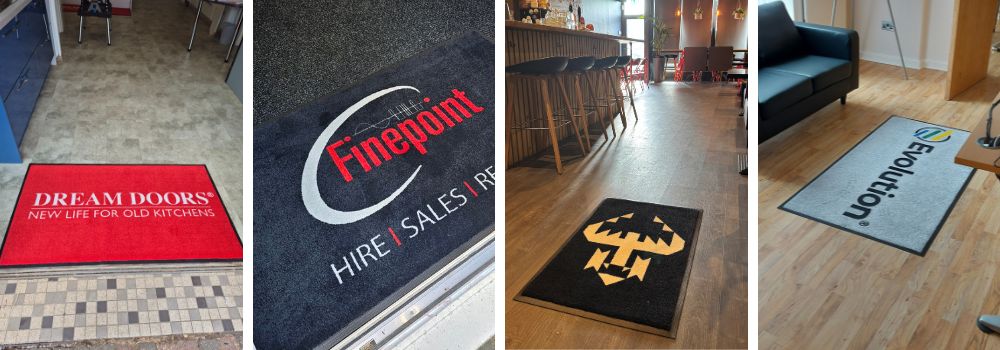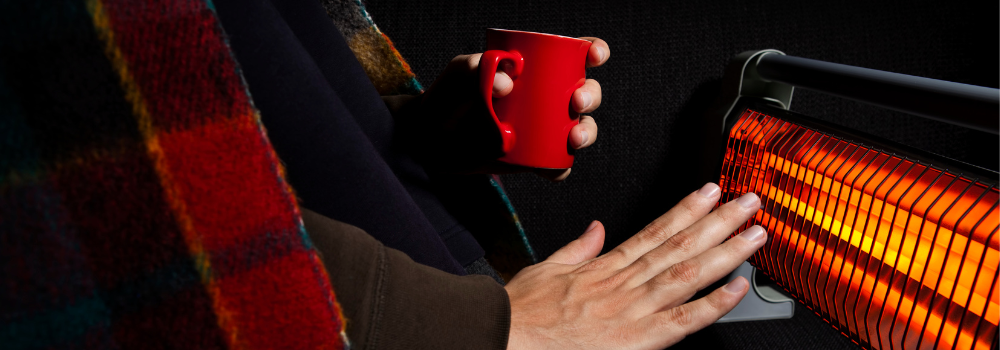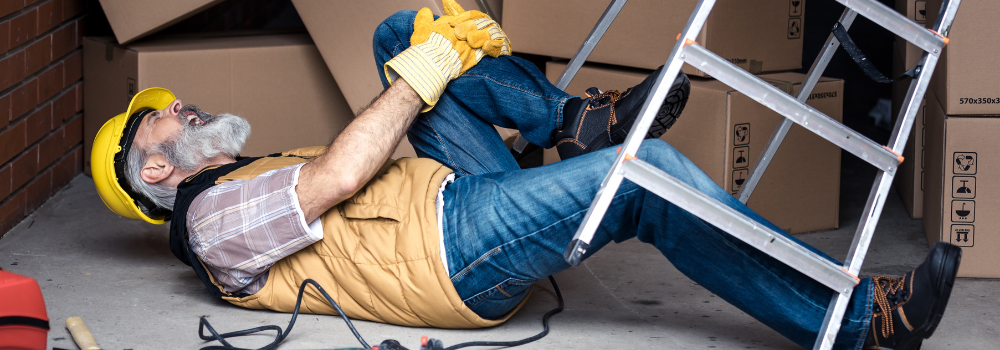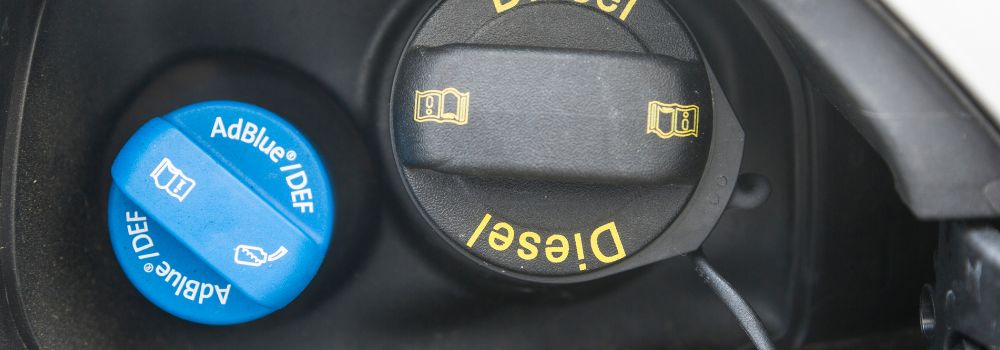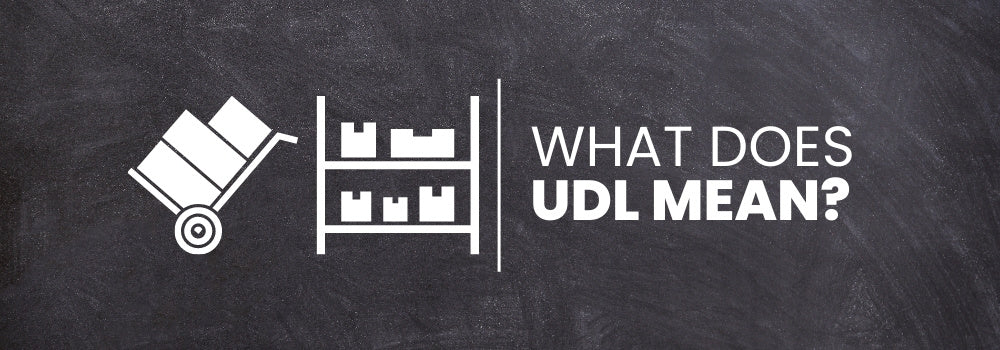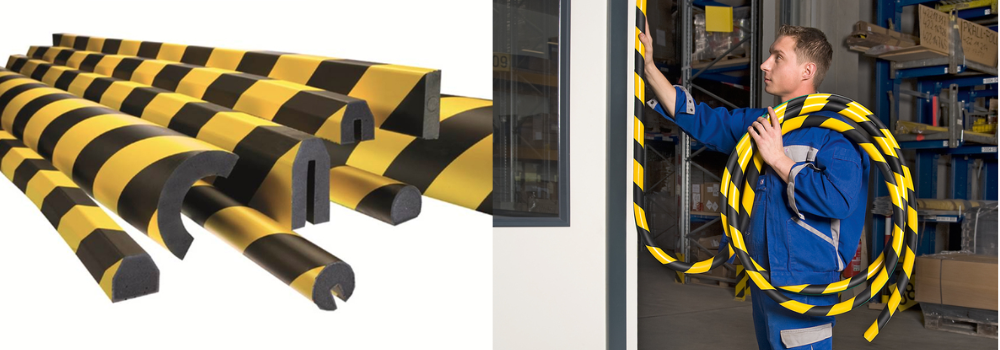Flyball - The Everything Guide

by Richard O'Connor
Jan 17, 2023 | *8 minutes to readAre you looking for a new activity to enjoy with your dog? Perhaps you want to help socialise your pup while providing excellent exercise that stimulates their brain, agility, and heart rate. Flyball could be your dog's new favourite pastime.
Flyball was first played by dogs and their owners in California in the 1960s until its popularity spread across the entire United States. And now this high-action competition sport is a big deal in the UK.
This article is all about flyball — offering insight into the kit you need, the rules, and how to train your pooch to participate in this super-fun pursuit.
Ready? Let’s go!
What is flyball?
Most dogs love playing fetch — and if your dog is an avid fetcher, they’ll love flyball, which is a bit like a team game of fetch with obstacles.
The big difference between fetch and flyball is that the owner doesn’t throw the ball — you have to teach your dog to run over four hurdles, trigger a spring-loaded box that ejects a ball, and then retrieve the ball back to its owner.

Flyball is a relay game, so it offers excellent socialisation for your dog as they team up with other dogs (and their owners). It's played in two teams of four dogs, and the quickest team to complete the circuits without errors wins.
What are the rules for flyball?
The course includes four hurdles that the team of dogs need to jump in a "fetch and return" action to complete the circuit.
One human commands the dog while another loads the flyball box, setting tennis balls into the spring-loaded mechanism throughout the game.
The dogs navigate the jumps until they reach the end of the first lap, at which stage they activate the box, which ejects the ball into the air for the dog to catch. Once the dog has the ball, they race back to the start.
As one dog crosses the starting line, the next dog begins the same course — this is called the “changeover”, “pass”, or “cross”.
Find the fully detailed list of rules at The Kennel Club.
How do you build a flyball course?
The course for this immensely fun sport needs to be 15.5m long from the box to the finish line, with the first jump at 1.8m and the following three at 3m intervals. Then it's a further 5.5m from the last hurdle to the front of the spring-loaded box.

The correct flooring is essential — the dogs need high-quality ribbed foam matting, which protects their paws, hips, and knee joints. This offers excellent traction, preventing slips and slides, along with a foam base to cushion the impact of the "swimmer's turn" at the box end of the course.
You can adjust the height of the jumps depending on the size of the shortest dog competing in the game — the minimum height is 20cm, and the maximum is 40cm. The recognised standard is to set the jump at 10cm below the shoulder height of the smallest competing dog.

Does flyball have a scoring system?
Yes! Your dog earns points depending on how long the team takes to complete their circuits, allowing each pooch to build its profile towards flyball titles.
The points are allocated like this:
- Under 32 seconds: each dog gets 1 point
- Under 28 seconds: each dog gets 5 points
- Under 24 seconds: each dog gets 25 points
And they can build their profiles by accumulating points:
| Abbreviation | Title | Points needed | Award |
|---|---|---|---|
|
FD |
Flyball Dog |
20 |
Certificate |
|
FDX |
Flyball Dog Excellent |
100 |
Certificate |
|
FDCh |
Flyball Dog Champion |
500 |
Certificate |
|
FDCh Silver |
Flyball Dog Champion (Silver) |
1000 |
Certificate |
|
FDCh Gold |
Flyball Dog Champion (Gold) |
2500 |
Certificate |
|
FM |
Flyball Master |
5000 |
Pin |
|
FMX |
Flyball Master Excellent |
10000 |
Pin |
|
FMCh |
Flyball Master Champion |
15000 |
Pin |
|
ONYX |
ONYX Award |
20000 |
Plaque |
|
FGDCh |
Flyball Grand Champion |
30000 |
Plaque |
|
FGDCh 40k, 50k |
Flyball Grand Champion 40k/50k accordingly |
40000/50000 |
Plaque |
|
Hobbes |
Hobbes Award |
100000 |
Plaque Addendum |
So, not only is Flyball great fun for you and your dog, but they can win prizes. But, of course, for most dogs and their owners, it’s the taking part that’s more important than the prizes.
Is flyball good for dogs?
Flyball is excellent doggy exercise. However, participating requires training, and dogs should be 18 months old before competing in Open Flyball tournaments and 12 months old before competing in Starter competitions.
At what age can dogs start flyball?
The name of the game is inclusivity, so as long as the dog is healthy, it can compete.
Many competing dogs are 10 years old and over, so there's no upper age as long as the dog is healthy. The only requirement is that they perfect the turning technique at the box, known as the "swimmer's turn", to minimise potential knee and hip joint impact.
What is flyball training?
The great thing about flyball is that it's suitable for all breeds and sizes — from chihuahuas to wolfhounds. But, to participate, they must have completed some basic training. That way, they'll know how to play the game and make the most of the exercise.
How do you train flyball at home?
You could, of course, join a local flyball club. But it’s a good idea to start with some basic home training.
You’ll need:
- Some small hurdles
- A tennis ball (or similar-sized ball)
- Quite a lot of patience
Step 1: Teaching the Commands
The most crucial step to overcome is to teach your dog to catch the ball and hold onto it until you give them the command to drop. This is fundamental to flyball success.
You might already play fetch with your dog, using voice commands, such as “release” or “drop it”. If you do, you’re already halfway there.
Engage your dog in short “fetch” sessions each day, and when they successfully return the ball in response to your command, give them a treat. This will help them associate the act of returning with a positive outcome.
The ultimate goal is for your dog to:
- Remain at your side when you throw the ball until you give them the command to fetch, then
- Release the ball when they return.
Step 2: Incorporating the first hurdle
Now you have the commands fixed in your dog's head, you can introduce the jumps. And while there are four hurdles in a flyball track, we recommend starting with just one.
Lay out a small hurdle suitable for your dog’s size, then stand in front of it with your dog at your side.
Throw the ball OVER the hurdle and command your dog to fetch. The idea is to:
- Get your dog to fetch, as in step 1
- Jump over the hurdle on the fetch AND the return, then
- Drop the ball at your feet
This will likely take some time — we recommend 15 minutes a day until they've learned all the steps. Remember, treats for successful completion will keep your dog focused!
Step 3: Introduce more hurdles
Your dog is probably getting the hang of it by now. So, now we can introduce a second hurdle, 1.5m away from the first. And like you did in step 2, throw the ball over the two hurdles, encouraging them to fetch, return, and drop.
At this stage, you may have to walk your dog over the hurdles a couple of times to familiarise them with the new route, offering treats as a reward for success.
And once your dog is successfully fetching, returning, and dropping while leaping over the two hurdles, you're ready to introduce another jump - until you reach four.
Now your pup is running a mini-flyball course.
Step 4: Introducing the flyball box
The final stage is to teach your dog to press on the box to release the ball.
You might not have a flyball box at home, although they're relatively inexpensive online, or you might be able to get one from your local pet shop.
But if you don't have a flyball box, now is an excellent time to join a flyball club to complete the training.
You may need to develop a voice command such as “press” while showing them the action to help your dog understand how to operate the machine.
And that’s it — you’re ready to introduce your dog to the world of flyball.
Getting started with Flyball
Flyball is great fun for you and your dog, but when playing the game indoors, you must have the correct flooring to protect their paws and joints.
Check out First Mats’ flyball case studies: Junkyard Dogs, Clyde Warriors. We've helped many flyball clubs kit their centres for safe play with high-quality flyball matting.
We hope we've inspired you to join in with this entertaining activity with your dog!
Explore More Topics
Frequently Asked Questions
If you have any questions, we’re here to help
How long does delivery take?
Each product comes with a specified lead time for delivery. We'll keep you informed if there are any delays in meeting this timeline.
Typically, once you’ve finalised your order and approved the proof, it will take 4-5 business days to make and deliver your finished mat.
If my order is damaged, can I return or exchange it?
Got a problem with your order? If something's not right or you're not thrilled with the quality, just let us know within 14 days of getting it. Drop us a line, and we'll tell you what to do next—usually, it starts with you sending us a photo of the issue. Once we check that out, we'll sort you out with a refund or a new item, no fuss.
Can I get my mat delivered more quickly?
Need your item in a hurry? Just Contact us to explore the faster delivery options we might have for you!
If my custom mat is damaged, can I return or exchange it?
Got a problem with your order? If something's not right or you're not thrilled with the quality, just let us know within 14 days of getting it. Drop us a line, and we'll tell you what to do next—usually, it starts with you sending us a photo of the issue. Once we check that out, we'll sort you out with a refund or a new item, no fuss.




















